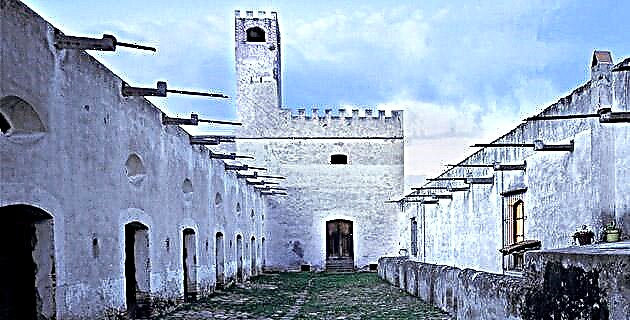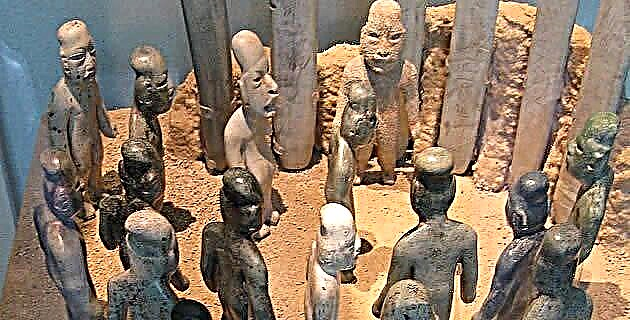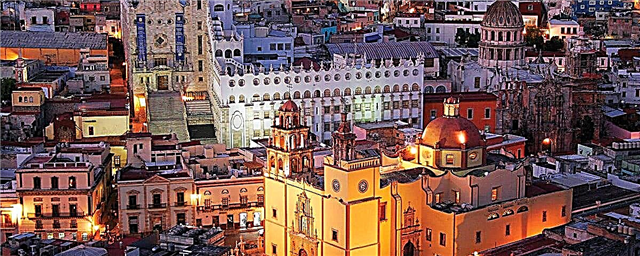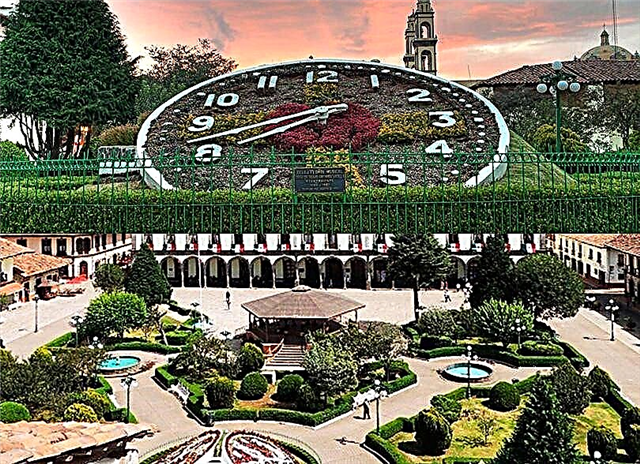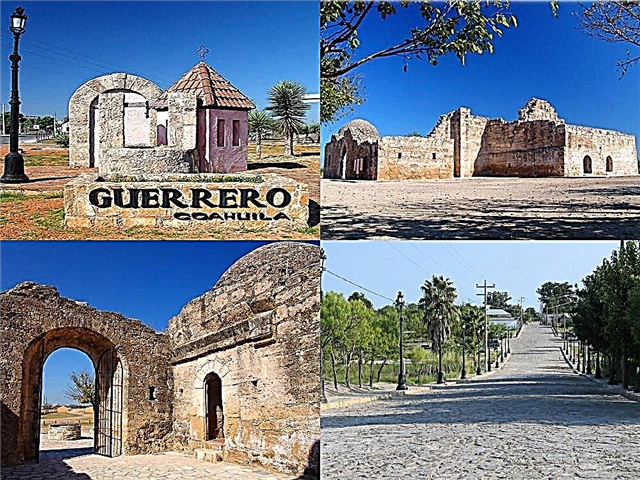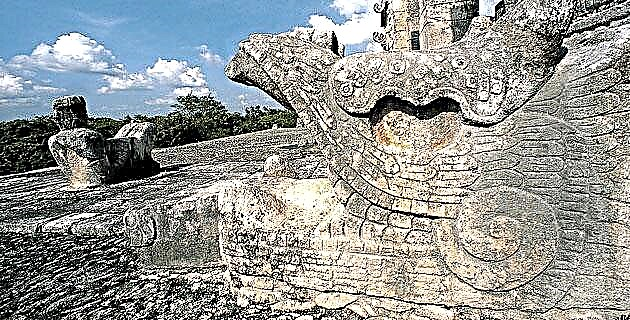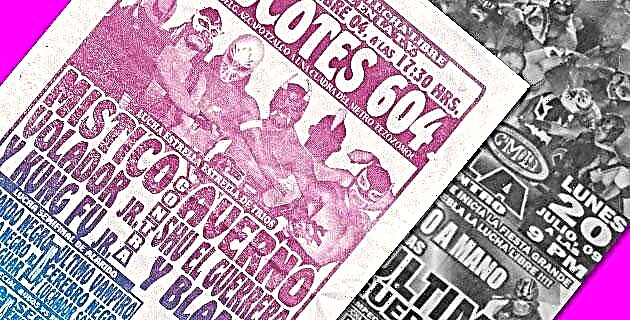
The printed medium known as the Popular Cartel is one that for decades has decorated the walls and fences of the streets, in small towns, the various provincial cities and the great Mexico City. The Popular Cartel is present and is part of the life of the inhabitants of these places, as it was in previous generations, it has survived through time and shapes the social environment, whether rural or urban.
The Popular Poster is one that announces and promotes events of a religious and traditional nature, shows and activities linked to popular culture, understood as that which is common to the people. Not that of the idols and products of modern advertising that almost always comes out of the mass media.
The poster that is identified as a prototype of the popular genre is known as a blanket, sheet or mural, it is printed in three parts due to its large size, it measures 1.80 m high by 75 cm wide, it is a poster of vertical proportions in the that a wrestling program is advertised the same as a magazine theater function.
The Poster Manta
The blanket poster is printed on a flat press which is a medium whose process is done manually with letters on metal and wood blocks. The poster blanket is printed in three parts, each 80 cm wide by 60 cm high which are the appropriate measurements for the flat press.
The design of the physical structure of this poster is basically constituted by typography or letters of different types or shapes; the size of some of these letters reaches up to 30 cm in height. Mainly capital letters are used for its elaboration and the composition is enriched with ornamentation of lines or plecas, stars and small engravings of drawings made of wood, linoleum or metal.
The format of each part of the blanket poster is horizontal in its composition; It is common for the same word to have letters from different typographic families, this is done in order to adjust the composition to a certain width, to obtain more graphic quality.
Flat press machines are the same as those used in the 1940s, so on paper you can sometimes notice the wood texture of the types or letters, as well as their wear.
The colors that are applied in the blanket poster are almost always red, blue, black and green. In the flat press, the colors can be fused together, "color fade", which gives more variety of shades.
The blanket poster has become popular over time and has preserved the same appearance that it had in decades past, when it advertised film, theater, circus, bullfighting, wrestling, boxing and soccer functions, encouraging and giving color to the streets of the small towns that little by little were turning into cities. It has become part of our customs and of the urban landscape. The nature of your information is perfectly identified by the receiver, it is an image with great Mexican tradition.
The Festive Poster
The printed medium is known as a festive poster whose information refers to public commemorations, both urban and rural and traditional religious celebrations that take place on the occasion of the patron saint festivities of different towns and neighborhoods, occasions when religious and secular aspects meet of a community.
There are national celebrations, whether religious, secular or public, that take place annually in all or a large part of the country. Among them, the Candelaria Day, Ash Wednesday, Corpus Cristi Day, the Day of the Dead, December 12, the feast of the Virgin of Guadalupe, stand out for their importance. The pilgrimages that take place each year to the different sanctuaries are also very important. Often times, the posters are the main, if not the only means of dissemination of a certain holiday.
The message of the festive poster is intended for recipients of all social levels, “with the passage of time the public got used to its image, full of letters and color. Its design is made exclusively with typographic elements; In it, we usually see letters of different sizes and shapes, its traditional shape is horizontal ”, but in recent years the design or shape has been transformed into vertical.
The typographic design of the festive poster is complemented by a photograph, either in color or black and white and with ornamentation such as stars, dots or small vignettes.
In cities, the festive poster is printed in offset, but in small towns it is done on flat presses that often do not require electrical power.
In the tropical areas of the states of Veracruz, Tabasco, the Yucatan Peninsula, Chiapas, Oaxaca and Guerrero, the temperatures are high, this climatic quality has given these regions a great richness of color in their flora, but above all in the traditional clothing of its inhabitants. Consequently, in the festive poster of these places, color plays a determining role as a point of visual attraction. The meaning of color in the festive poster is also related in some way to regional folklore.
Popular posters advertise and promote wrestling, boxing, religious pilgrimages, ballroom dances, annual parties and dances, bullfights, magazine theater shows, and popular regional festivals.
The Popular Cartel is characterized because it reaches a large majority, its place of exhibition is the street, its printing and its edition are very cheap and it retains the same design from decades ago. Also, when printed in offset, photos appear in full color.
Poster distribution
The distribution system of the popular cartel has been the same since the beginning of the century. They are placed or glued on the fences of vacant lots and the facades of uninhabited single houses, or on the surfaces designated for this use.
The poster setter, with his pot full of paste, his brush or broom and his load of paper, does his job in the streets and avenues near the event venue, on busy street corners and on available walls near the markets, all following a previously established route.
The poster has become a hallmark of the popular neighborhoods of the great capital and of many small towns in the province; Although it remains oblivious to the advancement of graphic design in almost all print media, it continues to do its job gracefully as part of the traditional Mexican landscape.

